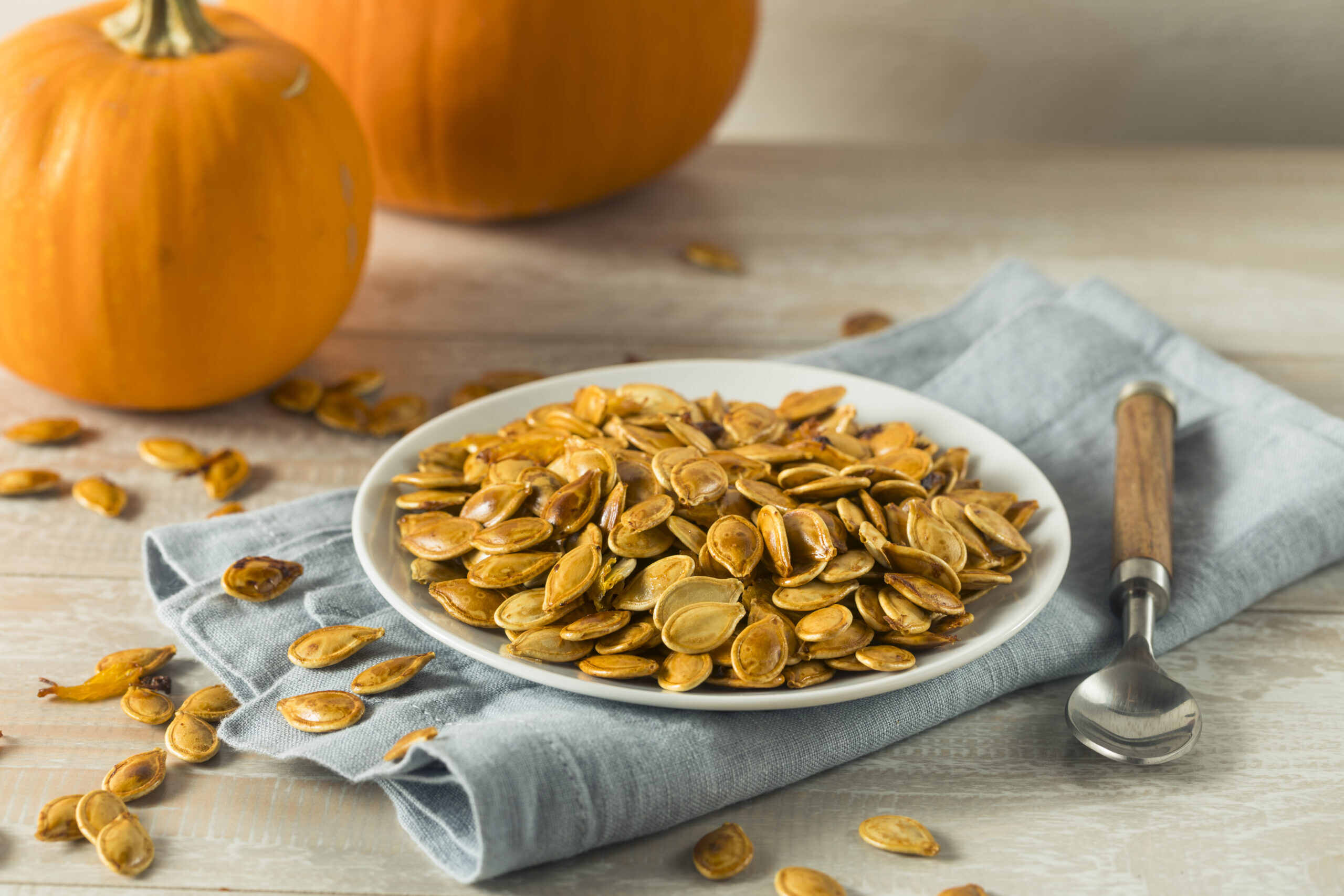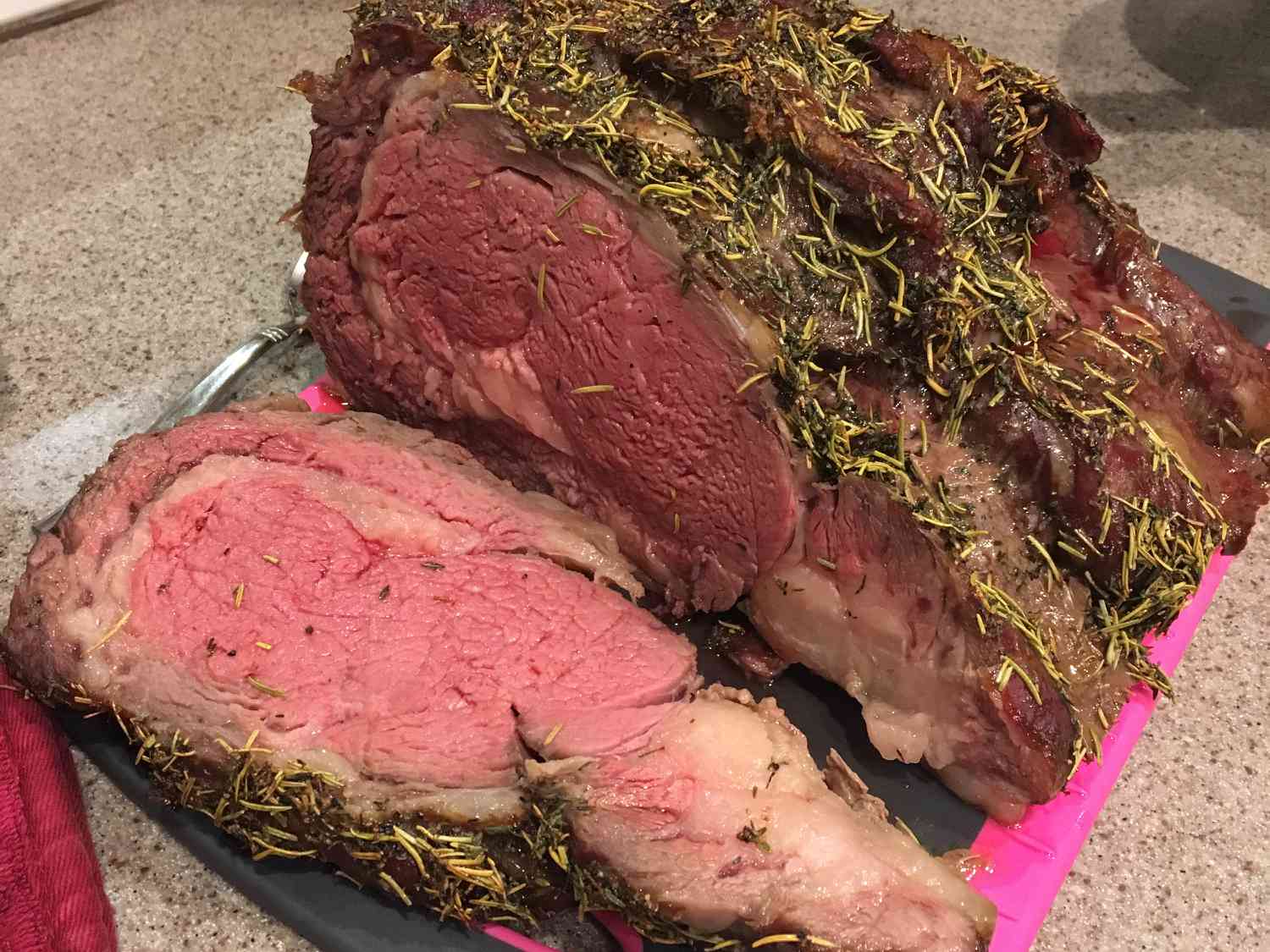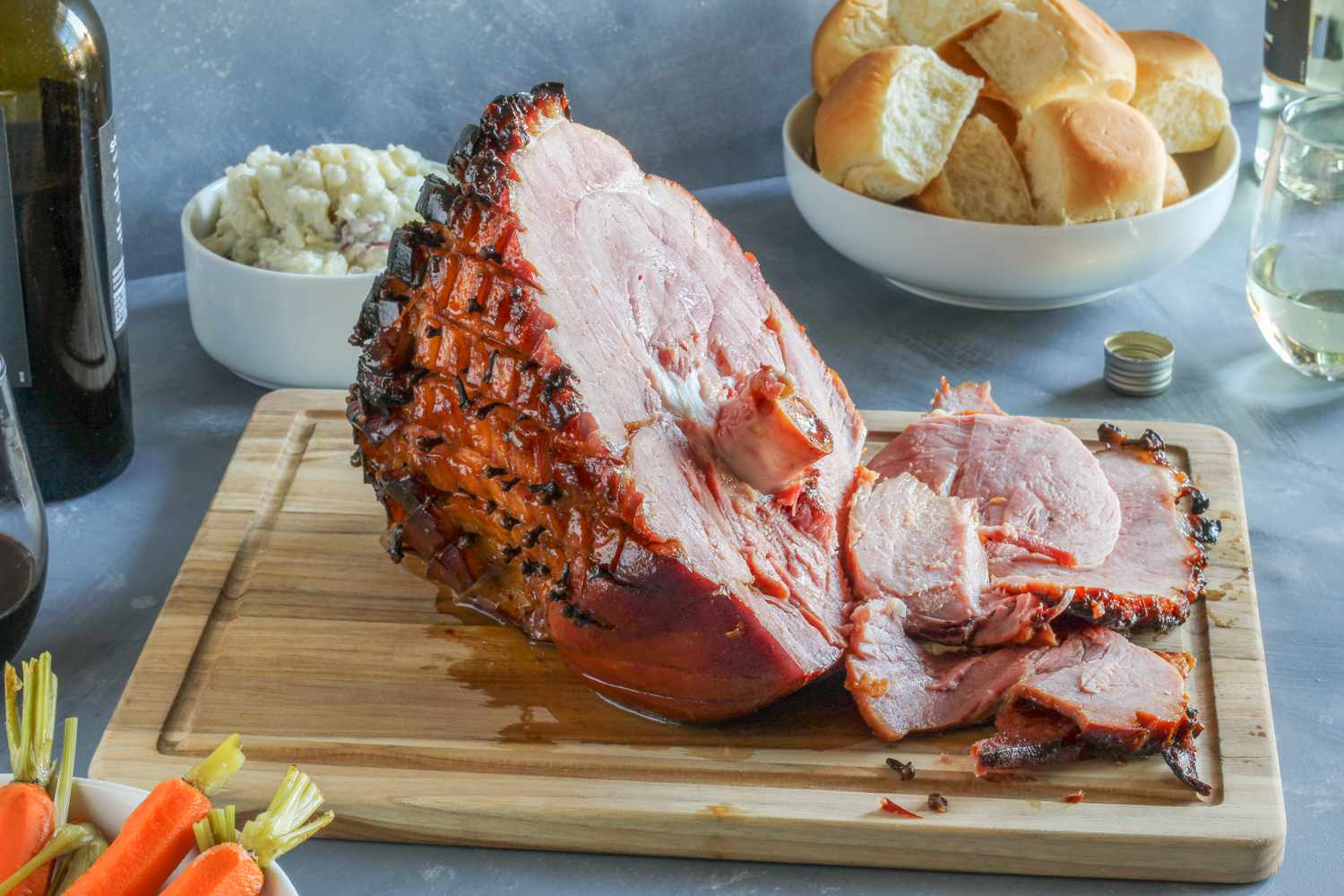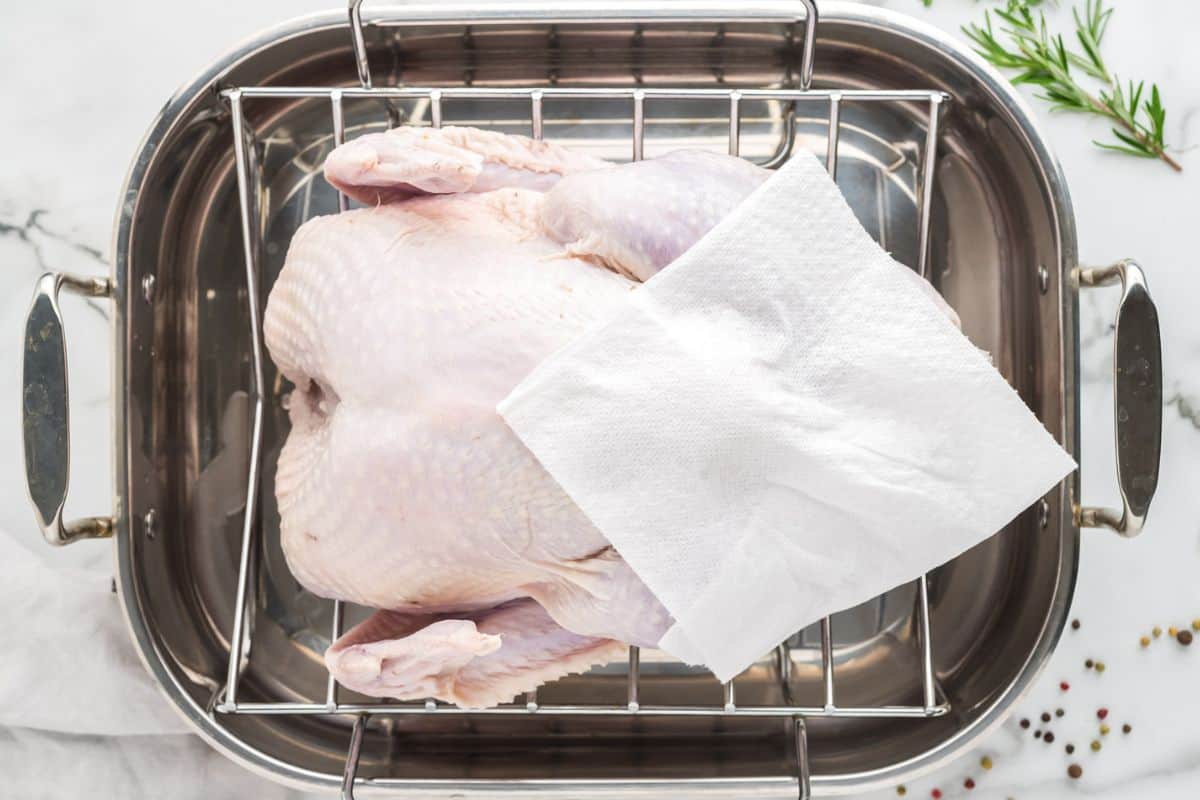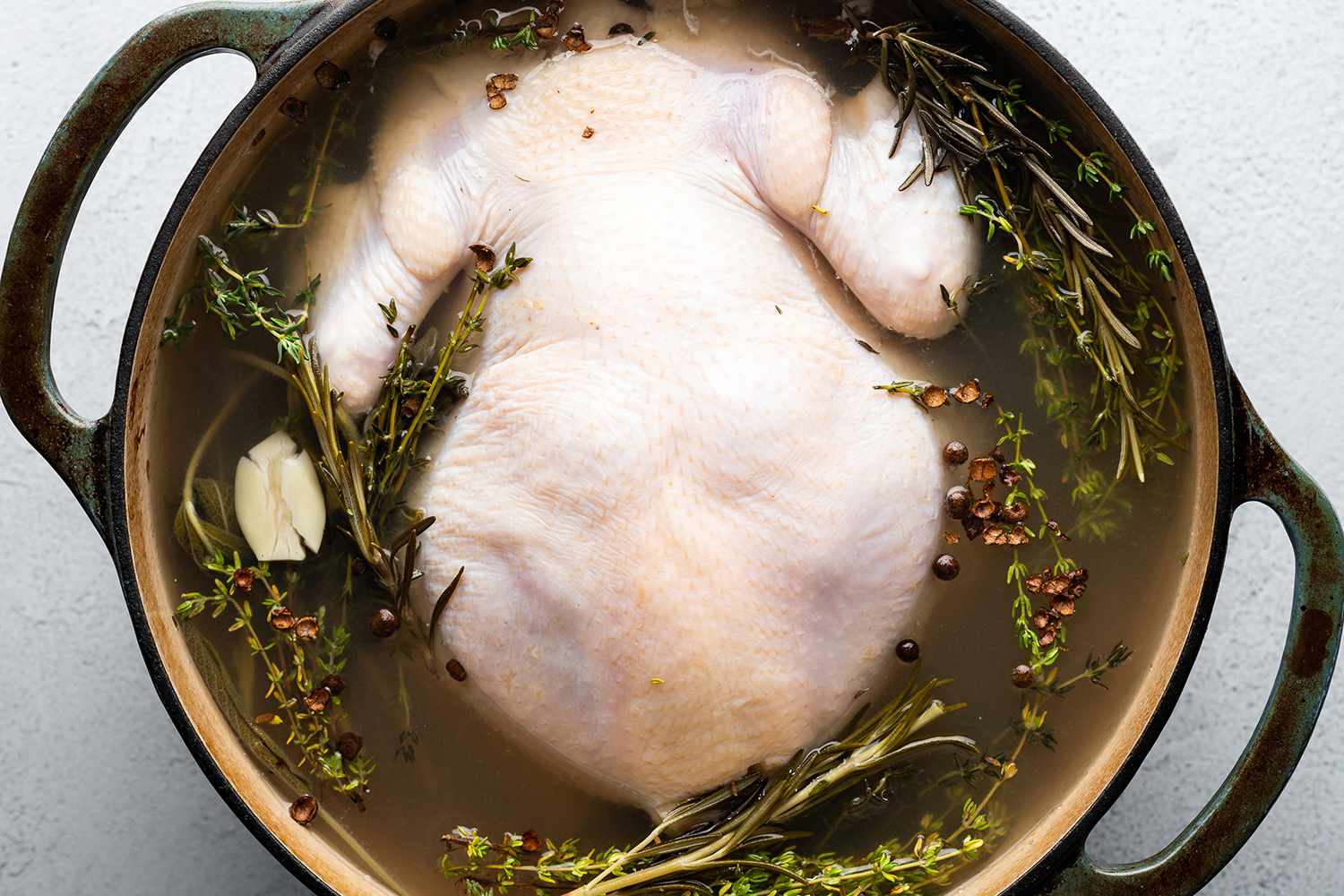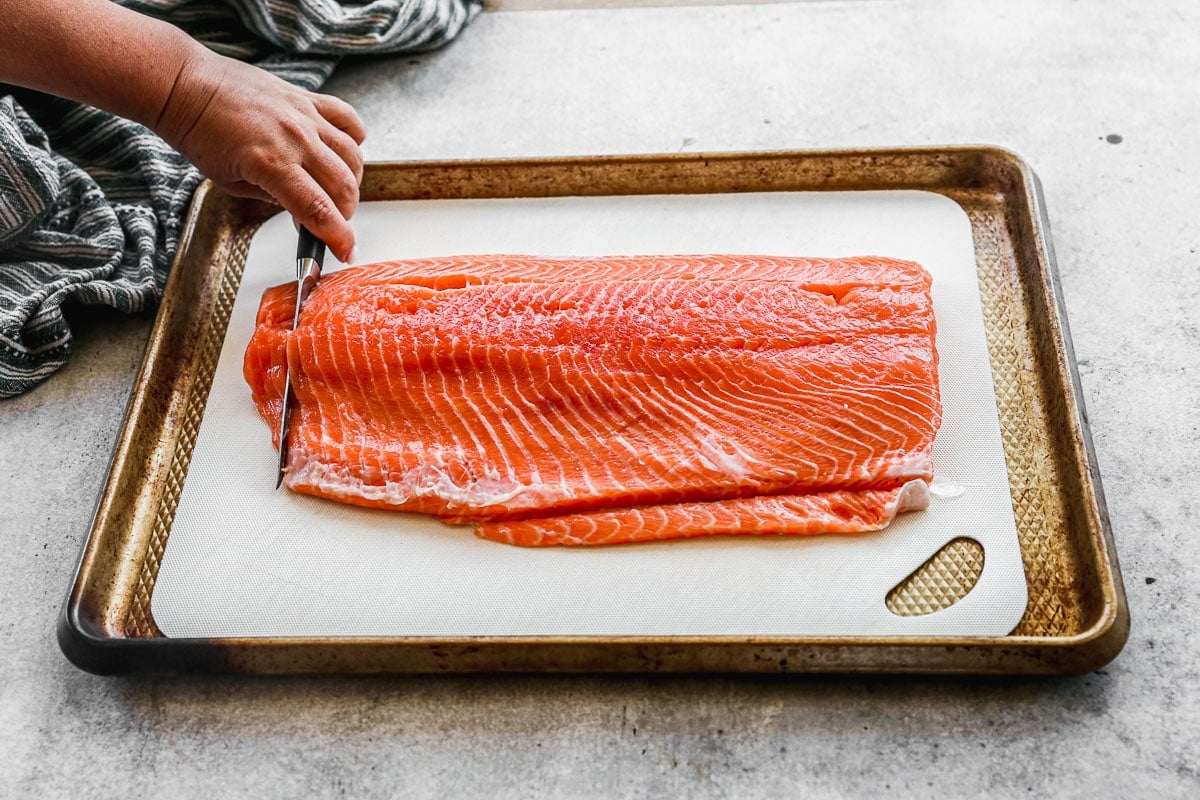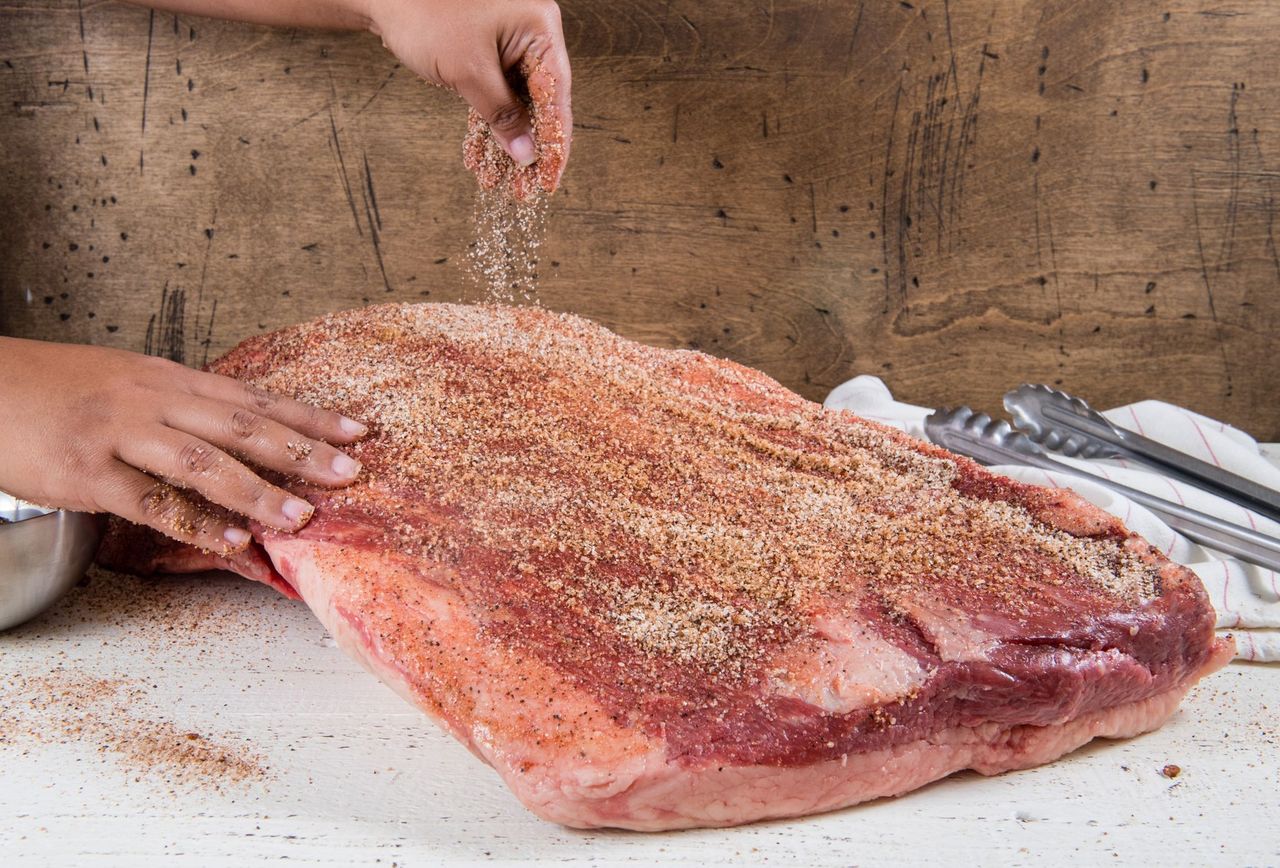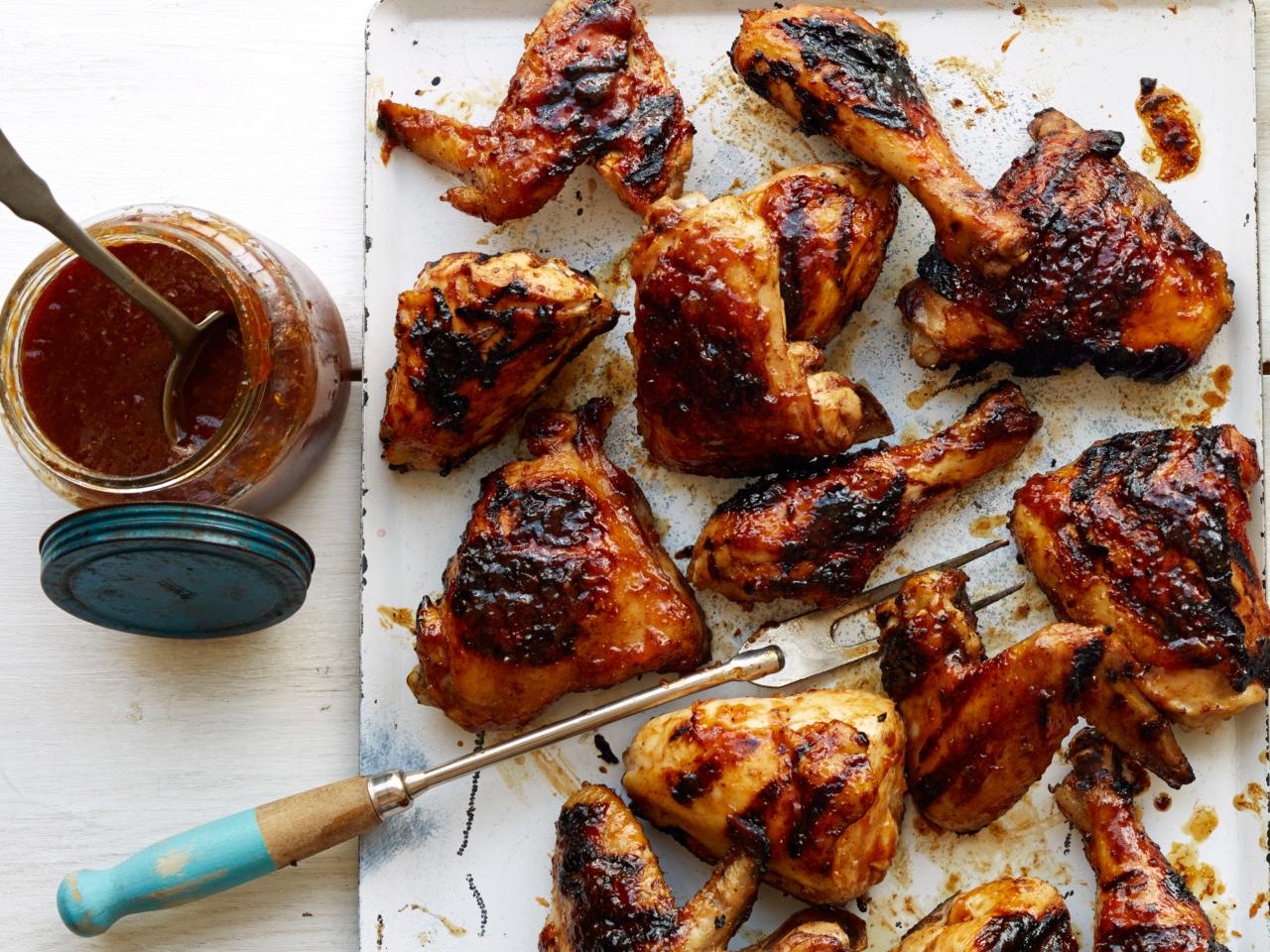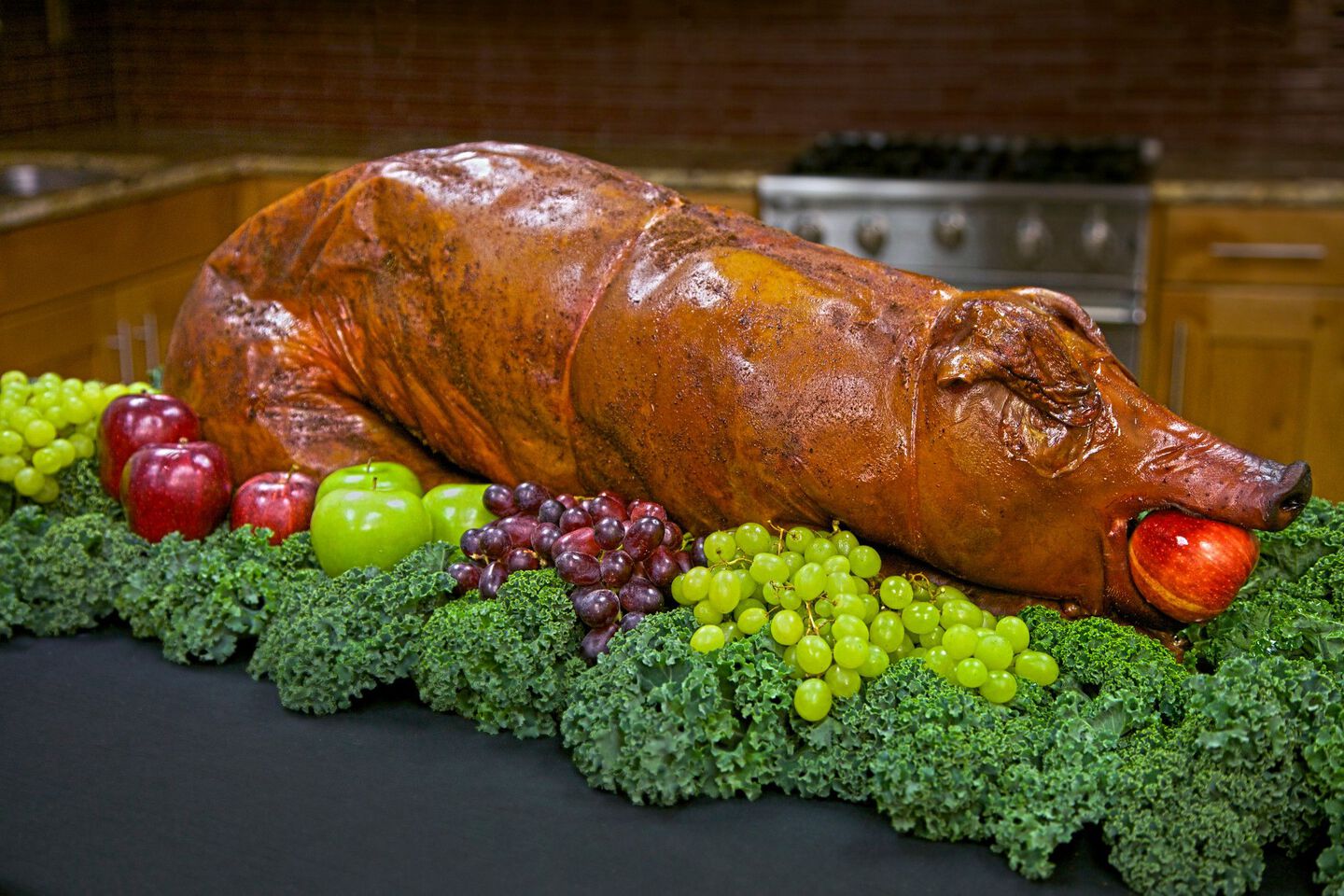Brining Pork for Delicious Homemade Ham
Ham is a beloved staple on many dinner tables, and making your own ham at home can be a rewarding and delicious endeavor. One crucial step in preparing a flavorful ham is brining the pork. Brining involves soaking the meat in a saltwater solution, which helps to infuse it with flavor and moisture. If you’re ready to embark on the journey of making your own ham, here’s a guide on how to brine pork for a mouthwatering result.
Choose the Right Cut of Pork
When brining pork for ham, it’s important to start with the right cut of meat. The ideal cut for making ham is the hind leg of the pig, also known as the pork leg or fresh ham. This cut provides the perfect balance of meat and fat, resulting in a tender and flavorful ham.
Prepare the Brine Solution
The brine solution is a key component in the brining process. To prepare the brine, you’ll need a combination of water, salt, sugar, and any additional flavorings you desire. A basic brine recipe consists of:
- 1 gallon of water
- 1 cup of kosher salt
- 1/2 cup of sugar
Feel free to customize the brine by adding spices such as cloves, peppercorns, or bay leaves to enhance the flavor of the ham.
Brine the Pork
Once the brine solution is ready, it’s time to submerge the pork in the mixture. Place the pork in a large container and pour the brine over it, ensuring that the meat is fully submerged. Cover the container and refrigerate it for the designated brining time, which is typically 24 hours for every 2 pounds of pork.
Rinse and Prepare for Cooking
After the pork has finished brining, remove it from the brine solution and rinse it thoroughly under cold water to remove any excess salt. Pat the pork dry with paper towels and it’s ready to be cooked according to your preferred ham recipe.
Benefits of Brining Pork for Ham
Brining pork for ham offers several benefits that contribute to the overall quality of the finished product:
- Enhanced Flavor: The brine infuses the pork with a savory, seasoned flavor that permeates the entire cut of meat.
- Improved Moisture: Brining helps the pork retain moisture during the cooking process, resulting in a juicy and succulent ham.
- Tenderness: The brine works to break down the muscle fibers in the pork, leading to a more tender and palatable texture.
By taking the time to brine pork for ham, you can elevate the taste and texture of your homemade creation, impressing your family and friends with a delectable dish that’s bursting with flavor.
Conclusion
Brining pork for ham is a simple yet impactful process that can make a world of difference in the final outcome of your homemade ham. With the right cut of pork, a well-prepared brine solution, and a bit of patience, you can create a ham that rivals those found in gourmet delis. So, roll up your sleeves, gather your ingredients, and get ready to savor the satisfaction of enjoying a delicious ham that you prepared with your own hands.
Was this page helpful?
Read Next: How To Brine Large Turkey
